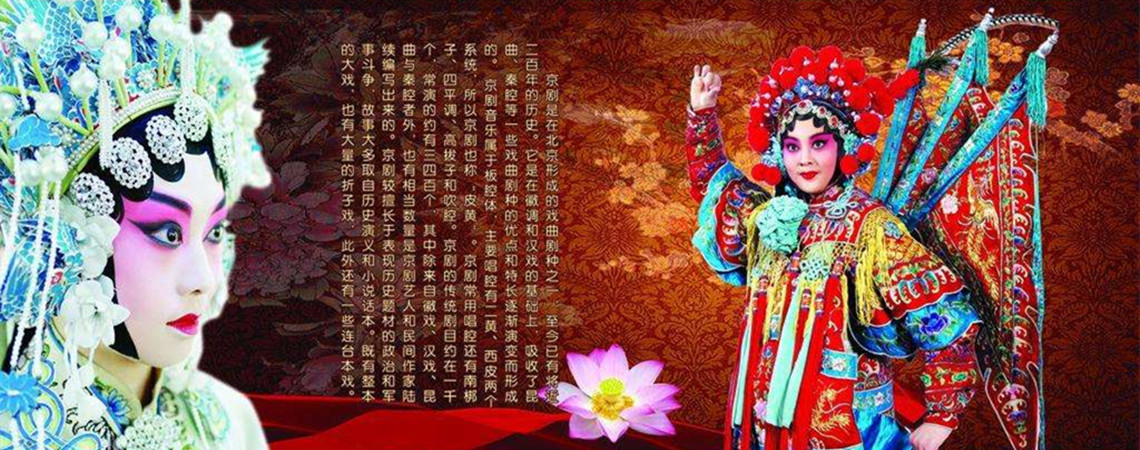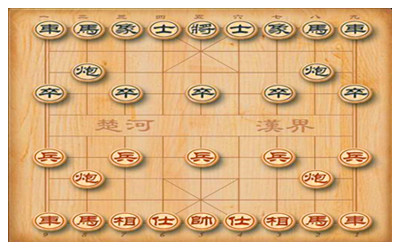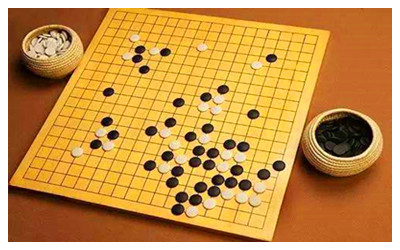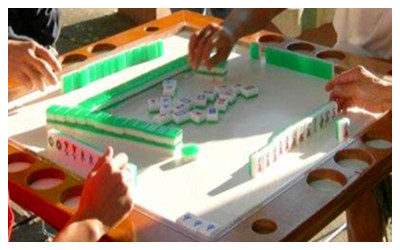Skype: neodalle-travel
Tel: +86 135 7447 2266
E-mail: sales@visitaroundchina.com

 Chinese Chess is a kind of board puzzle game. Chinese chess has 3000 years of history in China. It is a two adversarial game. Because its equipment is simple and interesting, Chinese chess became popular activities. It is one of the 78 official launched sports in China.
Chinese Chess is a kind of board puzzle game. Chinese chess has 3000 years of history in China. It is a two adversarial game. Because its equipment is simple and interesting, Chinese chess became popular activities. It is one of the 78 official launched sports in China.In ancient China, Chinese chess was seen as a skill to cultivate one's moral character by introspection and it is one of four fancies of men of letters. Nowadays, it is regarded as an activity good for body and mind. In China, there are thousands of people enthusiastic about the activity. It not only can enrich people’s life and cultivate their tastes, but also can develop their intelligence and inspire their thinking. Chinese chess is an important invention of Chinese people thus making it a treasure of Chinese culture...more

Chinese Weiqi
With a history of over 3,000 years, the game can be regarded as the originator of all ancient chess games. The fantastic Weiqi embodies ancient Chinese philosophy and cultural profoundness and at the same time involves lots of flexible strategies.
According to ancient books, weiqi was invented by the legendary Chinese emperor Yao and his counselor Shun. This attribution indicates the incredibly early time the game originated.
In the Spring and Autumn Period, people would use terms in weiqi like "ju qi bu ding" (meaning "holding a game piece but not sure what move to make") to describe vacillation in politics. It's quite clear how popular the game was at that time. Later, numerous talented weiqi players emerged in all dynasties and many emperors in ancient China were weiqi lovers, such as Cao Cao, Emperor Taizu of the Song dynasty and Zhu Yuanzhang.
There were lots of interesting stories about weiqi in Chinese history. In the Yuan Dynasty, the famous book on weiqi Xuanxuan Qijing (The Classic of the Mystery of the Mysterious) came out. It was a glorious example of comprehensive weiqi works in ancient China...More

Mahjong or Majiang (麻将)
It is a traditional Chinese game combining skill and chance broadly similar to the card game of rummy the aim is to collect related groups of tiles, however the set of tiles and rules are a lot more complex than for cards. Like Chinese chess it is often played in tea-houses and the clattering of tiles on tables is a frequently heard background sound. The tiles were originally made of bone, bamboo or ivory but now are made from plastic.
The game usually has four players who take it in turns to pick up tiles to try to form sets. The first task is to shuffle the tiles, all players take part by moving them around with both hands, with the faces of the tiles downward. Then the wall is built. The square 牌墙 pái qiáng wall is 18 tiles wide and 2 tiles high in a square, face down. The dealer then throws three dice to determine where to start dealing out the tiles...More
 Ask Questions ?
Ask Questions ?